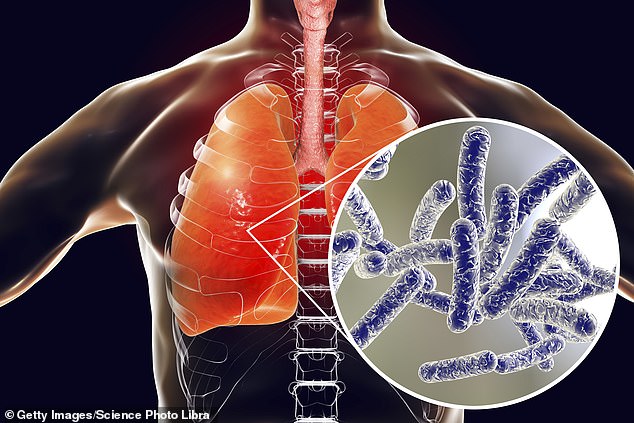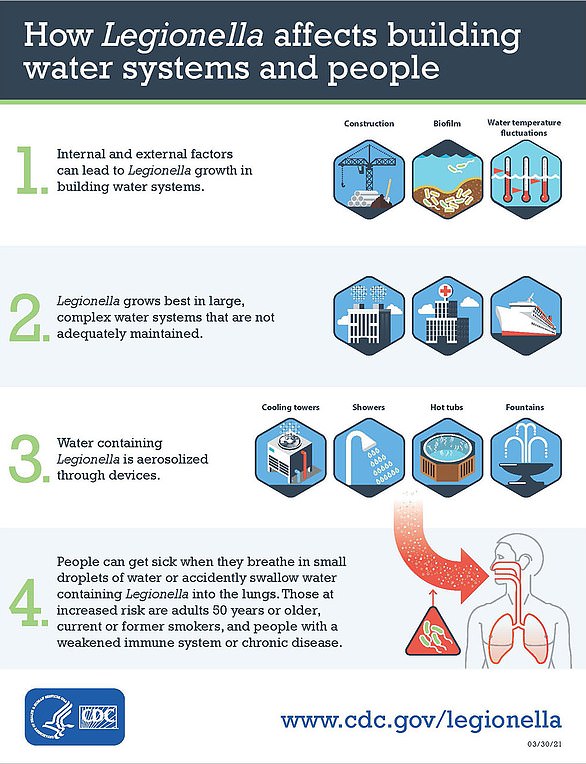A woman in her 90s has died from Legionnaires’ disease, which health authorities say is spreading across Melbourne’s north and west.
Victoria’s Chief Health Officer Clare Looker confirmed the fatality on Friday, saying the woman was admitted to hospital after falling ill on Tuesday.
There have now been 60 confirmed cases of Legionnaires’ disease in the state, and Dr. Looker confirmed that 59 people have been hospitalized.
The source of the outbreak is linked to a cooling tower in Melbourne’s Laverton North and Derrimut area, he told reporters on Friday.
Health authorities are investigating and disinfecting towers in the area.
Legionnaires’ disease is caused by legionella bacteria, which is found in natural bodies of water as well as in spas, hot water systems, potting mixes, and man-made systems that use water for cooling.
Symptoms usually include chest infection, aches, headache, fever, cough and chills.
People with underlying diseases, particularly those who are immunocompromised, the elderly, and smokers are at higher risk of infection.
Victorians who suffer from a chest infection should be sure to seek medical attention.
Legionnaires’ disease is a severe form of pneumonia caused by the Legionella bacteria.



